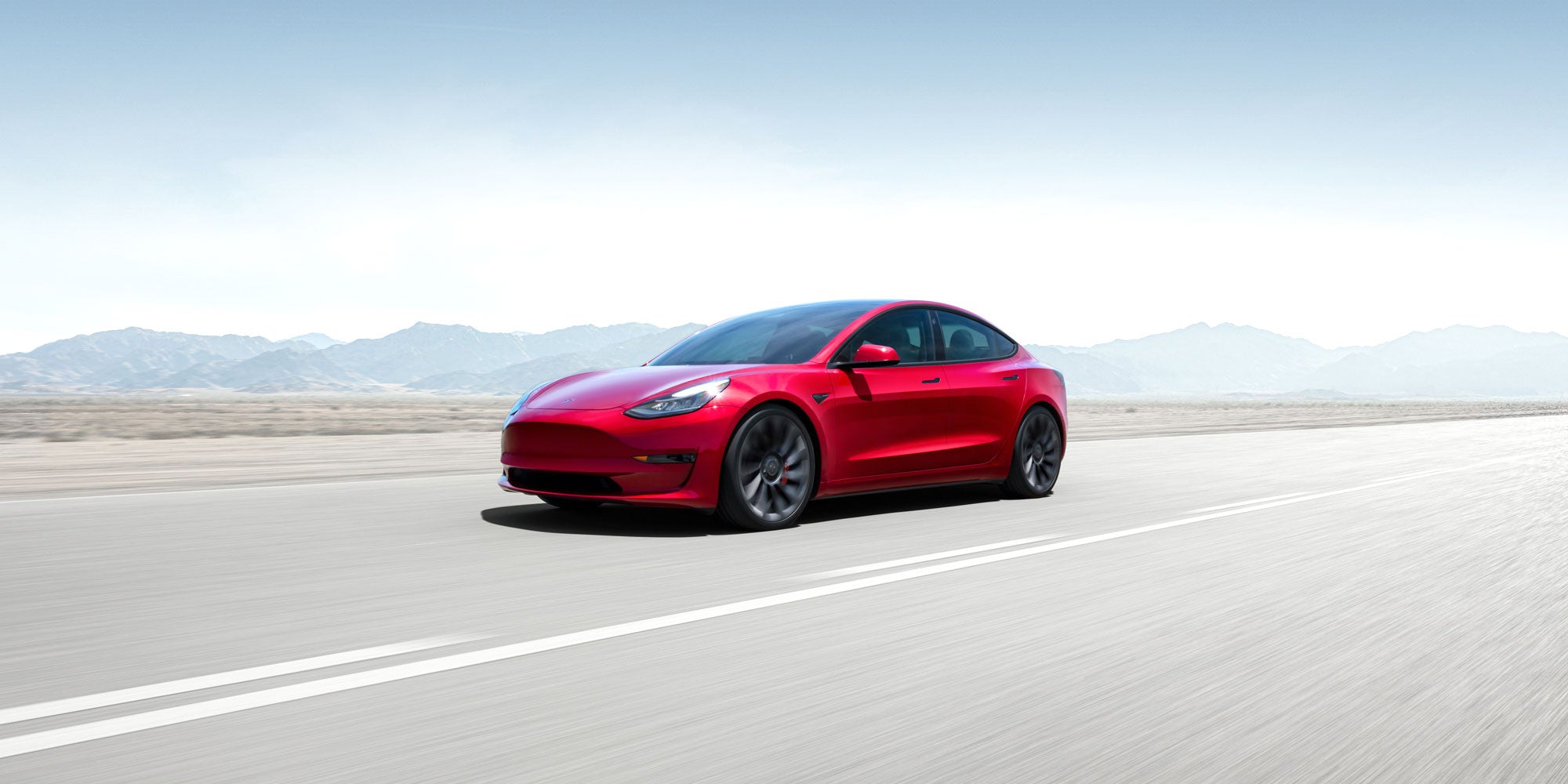Featured Image Source: SpaceX
This morning (February 17), SpaceX deployed another batch of 60 operational Starlink satellites into orbit aboard a pre-flown Falcon 9 rocket. It was the fifth Starlink mission, dedicated to build the satellite constellation that will beam affordable, low latency, high-speed broadband internet across the globe. Offering Starlink internet services would provide SpaceX with more funding to fund their space program which includes building a base on the moon and the first human settlement on Mars. The rocket company's ultimate mission is to transform us into a spacefaring civilization that would have the capability to perform hundreds of spaceflights to and from the Red Planet.
The Starlink broadband internet satellite network will be initially comprised of initially 1,584 satellites, all operating in low Earth orbit. SpaceX has approval from the Federal Communications Commission (FCC) to operate as many as 12,000 satellites. This year, deployments are scheduled for approximately twice a month, each Falcon 9 rocket launch deploys a batch of 60 satellites.
Liftoff! pic.twitter.com/vTMGhpgVIQ
— SpaceX (@SpaceX) February 17, 2020
During today's mission, a Falcon 9 rocket roared to life at 10:05 a.m. EST. lifting off from Space Launch Complex 40 at Cape Canaveral Air Force Station in Florida, following a 24-hour launch delay due to an issue with a valve component on the rocket's second stage. SpaceX successfully deployed 60 Starlink satellites, now there is 290 in low Earth orbit.
Successful deployment of 60 Starlink satellites confirmed! pic.twitter.com/bKBtI5UZEB
— SpaceX (@SpaceX) February 17, 2020
Usually, SpaceX recovers the Falcon 9 rocket booster (first-stage) in order to reuse it again but they missed to land it on an autonomous drone ship landing platform Of Course I Still Love You in the Atlantic Ocean. "We clearly did not make the landing this time," SpaceX Starlink engineer Lauren Lyons said during the live broadcast. The rocket did make a "soft landing" at sea besides the drone ship. Jessie Anderson, a SpaceX manufacturing engineer, said during live commentary:
"The first stage made its way back to Earth. Unfortunately, we did not land the first stage on our drone ship, But it did make a soft landing on the water, right next to the drone ship, so it does look like it might be in one piece."
Smoke can be seen in the far right of the screen. 1056.4 did not land on OCISLY. #SpaceX #Starlink pic.twitter.com/bDQ4VVlqbA
— Nathan Barker (@NASA_Nerd) February 17, 2020
It would have been the company's 50th landing. It is the first time in almost 4 year that SpaceX misses to land a Falcon 9 rocket's first-stage, last time they missed was recovery was in 2016. Recovering a rocket's first-stage is part of SpaceX plan to eventually make a rocket that could be fully reusable, no other company has successfully brought back an orbital-class rocket to land it vertically with the power of its own engines. Reusability reduces manufacturing and operational costs. In fact, the Falcon 9's first-stage that was used during today's mission, known as booster B1056.4, had been previously flown 3 times, which is a huge accomplishment in the aerospace industry, it is the 4th time SpaceX has flown the same rocket 4 times. This rocket previously launched two commercial resupply missions to the International Space Station, CRS-17 in May 2019 and CRS-18 July 2019; The same booster also launched a communications satellite JCSAT-18/Kacific1 in December 2019.
SpaceX officials previously stated the Starlink constellation will need to reach 400 satellites in orbit in order to provide minimal internet coverage, and at least 800 to provide moderate coverage. Today they reached 290 satellites in orbit by next launch they would reach almost 400. SpaceX may roll-out internet services sometime this year in portions of Northern United States and Canada.







